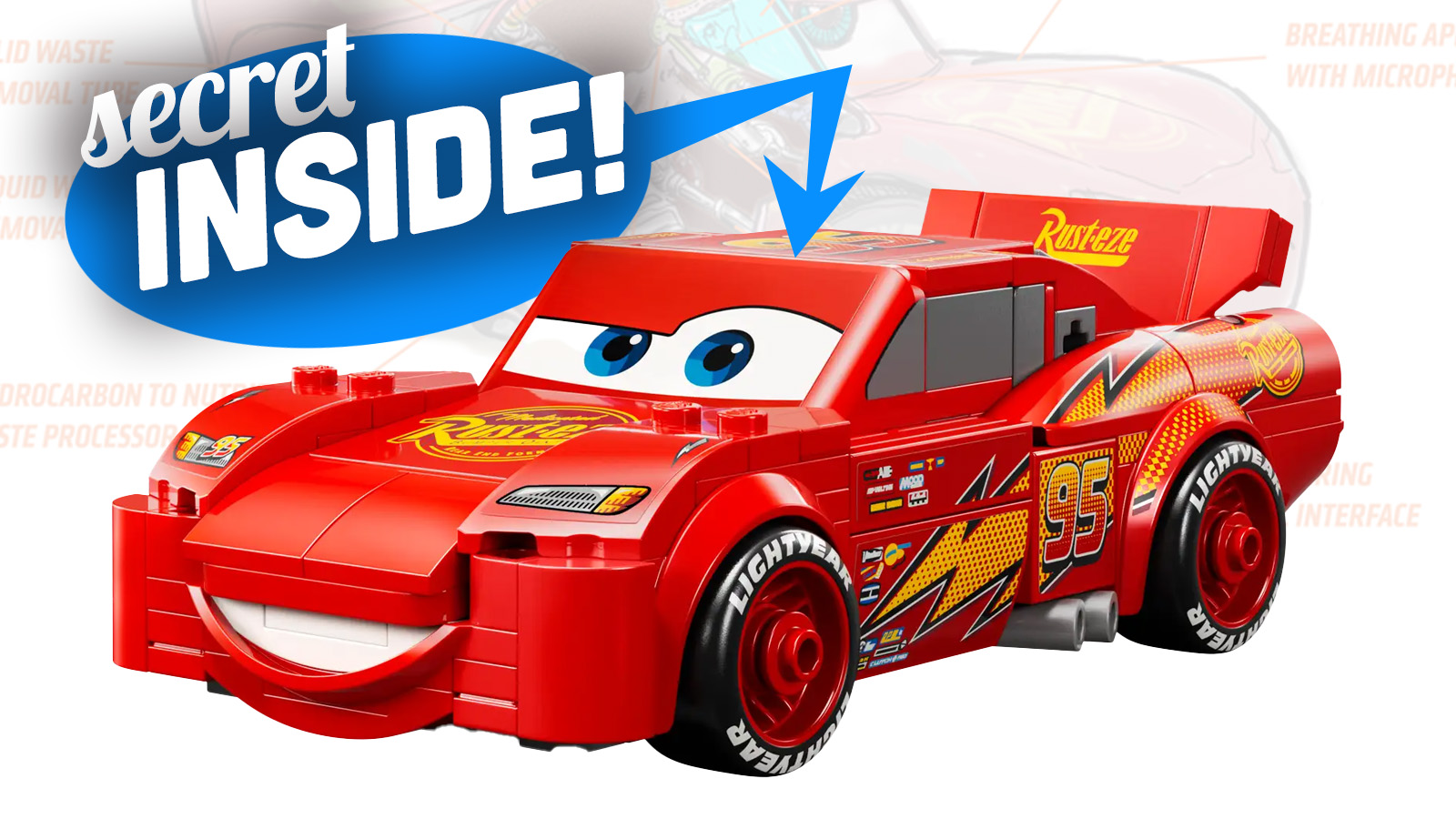I’ve developed a bit of a habit at work: Every time a customer calls and says the car they want us to look at is new to them, I ask them where they got it. Frequently that answer is “the auction.” Now, I’m not talking about the large internet car auction sites that post enough photos and videos that you could practically feel the gentle caress of 40 year old velour on the backs of your thighs through the computer screen. I’m not talking about the dealer auctions either, though we occasionally deal with those, too. No, I’m talking about the local public auto auctions.
[Ed Note: Andrea Petersen is a new voice we’re featuring on the site. She’s a service advisor who brings a unique perspective on the automotive experience. You all liked her previous piece (“When it’s time to say goodbye to your car”) so we thought we’d bring her back for another post. – MH]
There’s a certain type of person who likes to hunt for a bargain, but they’re a casual bargain hunter. They’re not a car flipper or enthusiast, they just like to occasionally browse the local auctions and then one day something nifty will catch their attention. Maybe it’s a decent looking SUV or a luxury sedan that was allegedly a part of some grandpa’s estate. They’re generally not hardcore car people, but it looks like cars they see on the road every day, so this might just be A Good Deal.

They go to the auction and take a look at the car. It might have a scratch here and a ding there, but no biggie. The auction will let you turn the key and it fires up ok, but perhaps it has a little bit of a funny noise, nothing terrible. This is where, in a normal car buying situation, you’d put it in drive or 1st for a test drive, but not at most auctions. Even insurance auctions will often allow a tiny bit forward and a little bit in reverse, but the actual driving part of “runs and drives” is down to assumption here. It runs, therefore it must drive.
As many car enthusiasts know, “runs” does not equal “drives.” But no worries, how bad can it be?
Bidding commences, bidding ends, and hey, you were the last person with their hand up. Congratulations on your new car! It was an exciting experience fending off the other bidders and here you are, the conquering hero of that 2008 Porsche Cayenne with 128,000 presumably gentle miles on the clock! You pay the winning bid, plus some buyer’s fees, and off you go. Time to find out what that little engine noise is and, now that you drive it, the car does feel a little bit shaky, too.
“Customer states vehicle feels shaky and has difficulty accelerating, vehicle has been this way since recent purchase, no history given from previous owner. Please check and advise.”
I happily enter the car into our system and jump in to take it to the back lot, which is where the fun begins. It starts out feeling shaky like a bad misfire while still parked, but after driving less than 100 feet I start to wonder how the car even made it here in one piece. The hour of diagnostics reveals a laundry list of issues but then the coup de grace: bore scoring. She’s a dead car running. Barely.

But how could this be? It ran when you checked it out, it just sounded a little funny. Shouldn’t there be some sort of process for making sure auction cars are OK? Nothing in the auction listing said the car had a fatal engine issue. Your buddy got a great deal on an Escalade at the same auction a month before and that thing runs like a champ!
I ::sigh:: sadly and have to tell you that this is very common with auction cars and there is usually a reason they are at the auction. If you found out the car has a major issue and could get $600 for it at the junkyard or limp it through the auction and get a few thousand, what seems like the better financial choice to you? It will be somebody else’s problem soon enough, but that’s a risk the next guy is willing to take, right?
And thus the cycle begins anew. How do you get out of this fatally flawed car while minimizing the loss? Send it back through the auction! There was no buyer protection when you bought it and there will be no protection for the new buyer, either. The auction is happy to take a fresh round of fees, it’s nothing special to them. It very well may end up back at our shop under the new owner who is again wondering why this thing is a little funky. The can has been successfully kicked down the road.

I see this time and again so let me repeat: cars are at an auction for a reason. It’s less hassle than online ads, less difficult than trading it in or consigning at a dealer. It brings in more money than Heaps-R-Us Pick A Part. Please understand that an auction car is a gamble. It’s buying a car with far less inspecting and testing than you would do in almost any other situation. And again the car is there for a reason. Yes, plenty of people use auctions to clear up an estate, but Grandpa might not have been a big believer in good maintenance habits. He also might not have driven it much in the last few years and cars, like people, become unhealthy when they sit a lot. Also, who is to say it even was part of an estate unless it is specifically an estate-only auction?
If you’re a seasoned flipper or want to burn some money on an endeavor that’s more adventurous than a meme stock or several trays of gas station sushi, go for it. If you know what you’re doing you can get an incredible deal at public auctions. David, for instance, bought this great Jeep Cherokee that came via an auction and that turned out great.
But if you’re not handy or up for an adventure ask yourself: Are you willing to risk losing thousands of dollars or would you rather put up with Joe McFlakey on Marketplace who will at least let you take it around the block? Yes, it is a pain in the butt dealing with private party sales and yes, there is just as little recourse if you buy a bad car from him as there is from an auction. But at least you can drive it around the block and, critically, you can get a pre-purchase inspection. That couple hundred you would spend in buyer’s fees can instead save you a few thousand dollars worth of headaches.
Otherwise, I look forward to seeing you at the shop.
Illustration by Sally Torchinsky

When It’s Time To Say Goodbye To Your Car: Tales From A Service Advisor
The 2022 Toyota GR86 Is A ‘Ferrari’ For Middle-Class Dads
Got a hot tip? Send it to us here. Or check out the stories on our homepage.
Support our mission of championing car culture by becoming an Official Autopian Member.








……….but wait, you got a Cayenne for how cheap?
‘In other words, the car where you know damn well exactly what you’re getting into. Which is a car that has been wrecked hard enough that repair costs exceed 40% of it’s value.’
In some cases >> 40% of value is just a stolen catalytic converter. That’s an easy enough fix if you have the parts.
Not necessarily. Wrecked cars are often cars that weren’t cared for. Careless driving and careless ownership go hand-in-hand.
Unless you’re dealing with low mileage insurance write-offs. But then you’re facing serious competition in the established rebuilders’ market.
Every auction has its own set of risks. Knowing the risks, discounting appropriately and having a large enough bankroll to be wrong more oft
en than average is key.